1. Inconsistent Commands
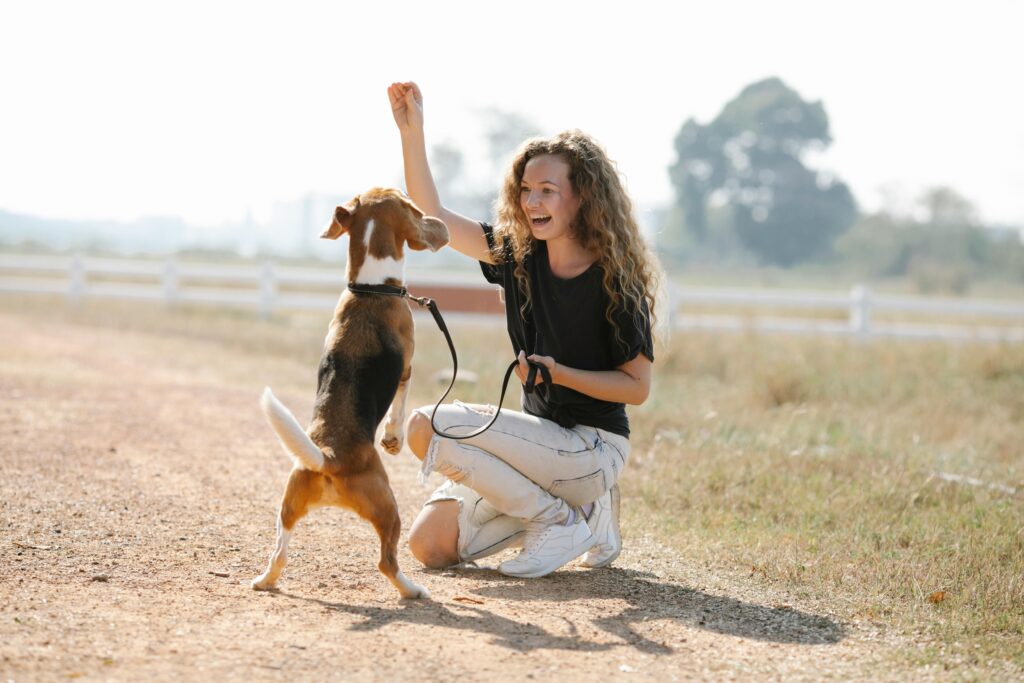
One of the most common mistakes in dog training is not being consistent with the commands you use. If you say “sit” one day and “sit down” the next, your dog will get confused. They thrive on clear, predictable instructions.
What to do: Pick a single word for each command and stick to it. Make sure everyone in your household is using the same words for consistency.
2. Punishing After the Fact
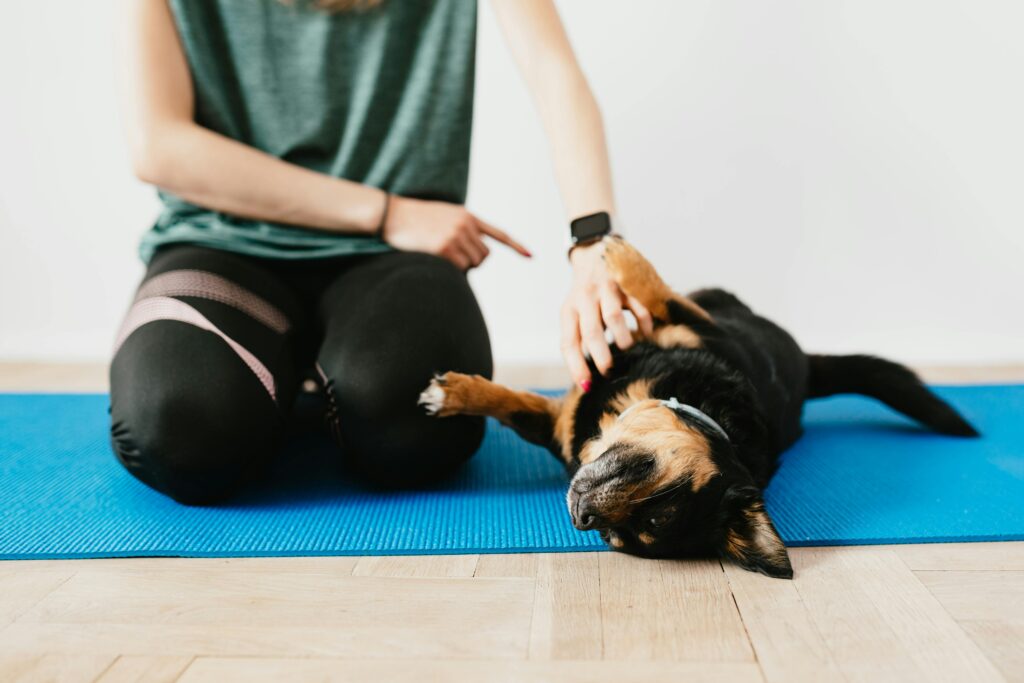
Punishing your dog after they’ve already done something wrong—like chewing your shoes or having an accident in the house—doesn’t teach them anything. They won’t connect the punishment to their previous action, leading to confusion and anxiety.
What to do: Focus on positive reinforcement and redirect bad behavior in the moment. Reward them immediately for doing the right thing instead of punishing them after the fact.
3. Training Only When It’s Convenient
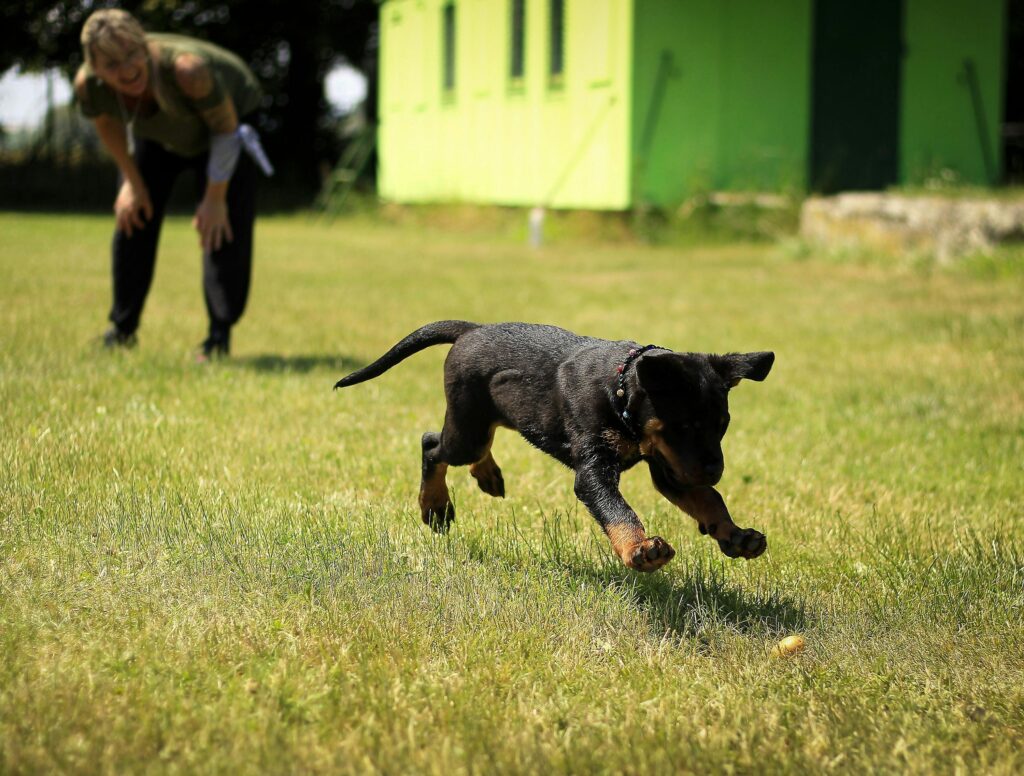
Dogs need regular training to learn and reinforce good behavior, but many owners make the mistake of training only when it’s convenient for them. Sporadic training leads to slow progress and inconsistent behavior.
What to do: Dedicate short, frequent training sessions each day. Even 10-15 minutes of daily training can make a huge difference in building lasting habits.
4. Focusing Only on Physical Punishment

Relying too much on physical punishment—like leash jerks, yelling, or hitting—can damage the trust between you and your dog. It can also lead to fear-based behaviors, which make training even more difficult.
What to do: Use positive reinforcement like treats, praise, and toys to reward good behavior. Focus on guiding your dog rather than punishing them.
5. Expecting Too Much Too Soon
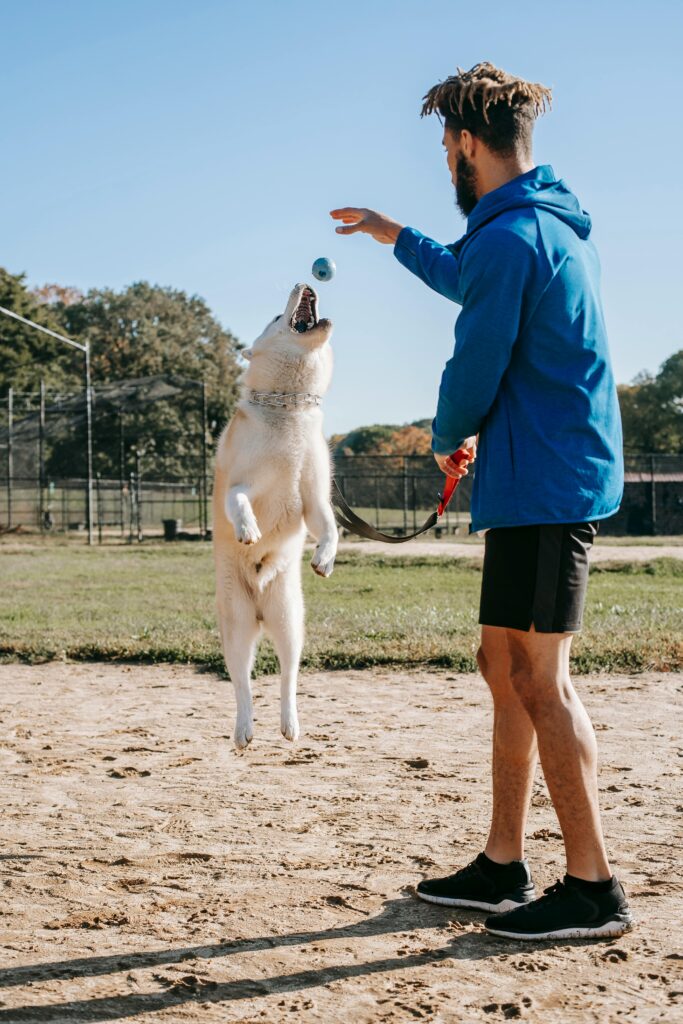
Many dog owners expect their dogs to learn commands quickly and perfectly, but like humans, dogs need time to learn. Being impatient and pushing your dog too fast can lead to frustration for both of you.
What to do: Be patient and break training into small steps. Reward incremental progress and gradually build up to more complex behaviors.
6. Skipping Socialization

A well-behaved dog isn’t just trained at home—they’re also well-socialized with other dogs, people, and environments. Skipping socialization during the critical puppy phase can lead to anxiety and reactivity later in life.
What to do: Introduce your dog to new experiences, people, and other dogs in controlled environments. Positive exposure to different situations will help them feel more comfortable and confident.
7. Not Using High-Value Rewards

If you’re using low-value treats or praise that your dog doesn’t find motivating, they’re less likely to respond well during training sessions. Many owners mistakenly think any treat will work, but dogs need something they’re excited about.
What to do: Find out what your dog loves most—whether it’s a special treat, toy, or praise—and use it as a reward during training. High-value rewards create stronger motivation and faster results.
8. Ignoring the Dog’s Energy Levels
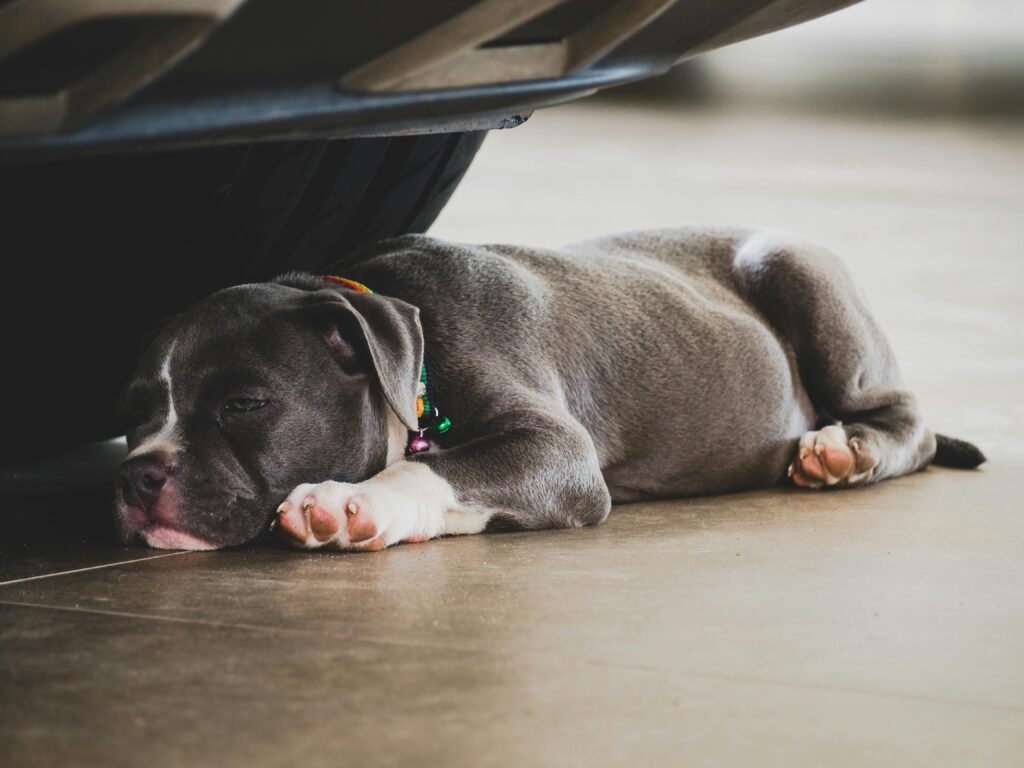
Training a tired or overly excited dog is a recipe for failure. If your dog is too exhausted or too hyper, they won’t be able to focus on learning new behaviors.
What to do: Make sure your dog has had a chance to release some energy before training, but isn’t overly tired. A well-balanced energy level ensures they can focus on the tasks at hand.
9. Lack of Patience During Potty Training

Potty training can take time, and many owners get frustrated when their dog has accidents. Expecting instant success is a mistake that can lead to stress and setbacks.
What to do: Stick to a consistent routine, offer plenty of praise for going in the right place, and remember that accidents are part of the process. Patience and positive reinforcement go a long way.
10. Training in Distracting Environments Too Soon
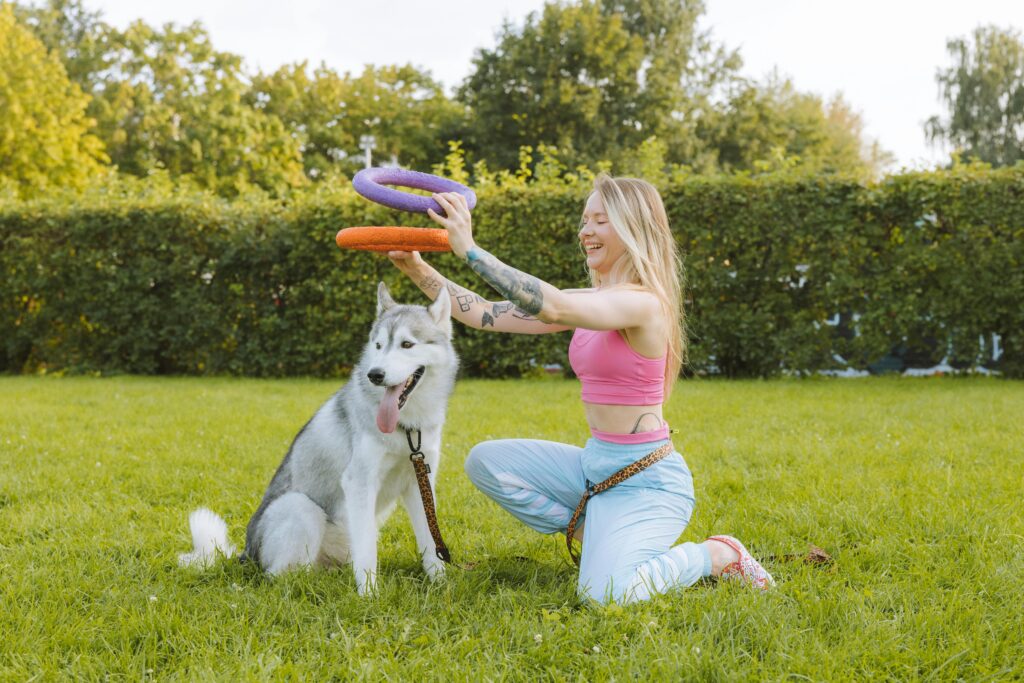
It’s tempting to train your dog in parks or busy areas right away, but these environments are full of distractions that can make it hard for your dog to focus. Many owners set their dogs up for failure by asking too much, too soon.
What to do: Start training in a quiet, low-distraction environment. Once your dog masters a command at home, gradually introduce more challenging environments.
11. Repeating Commands Too Many Times
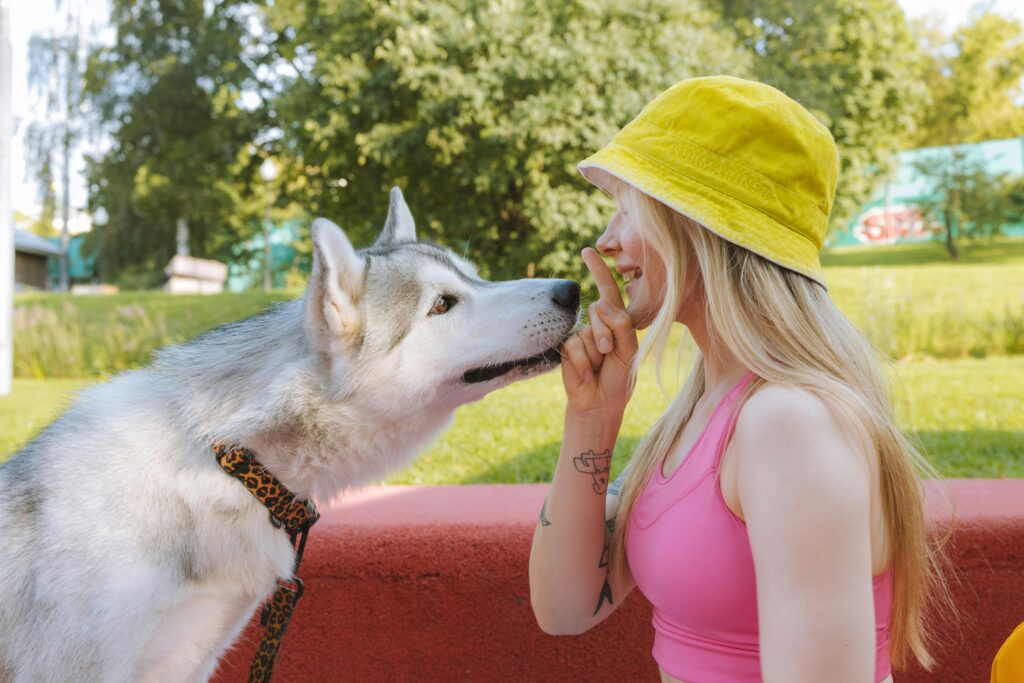
Repeating a command multiple times without your dog responding teaches them that they don’t need to listen right away. This can make training more frustrating in the long run.
What to do: Say the command once and wait for your dog to respond. If they don’t, gently guide them into the correct action and then reward them. Over time, they’ll learn to respond the first time.
12. Being Inconsistent with Rules
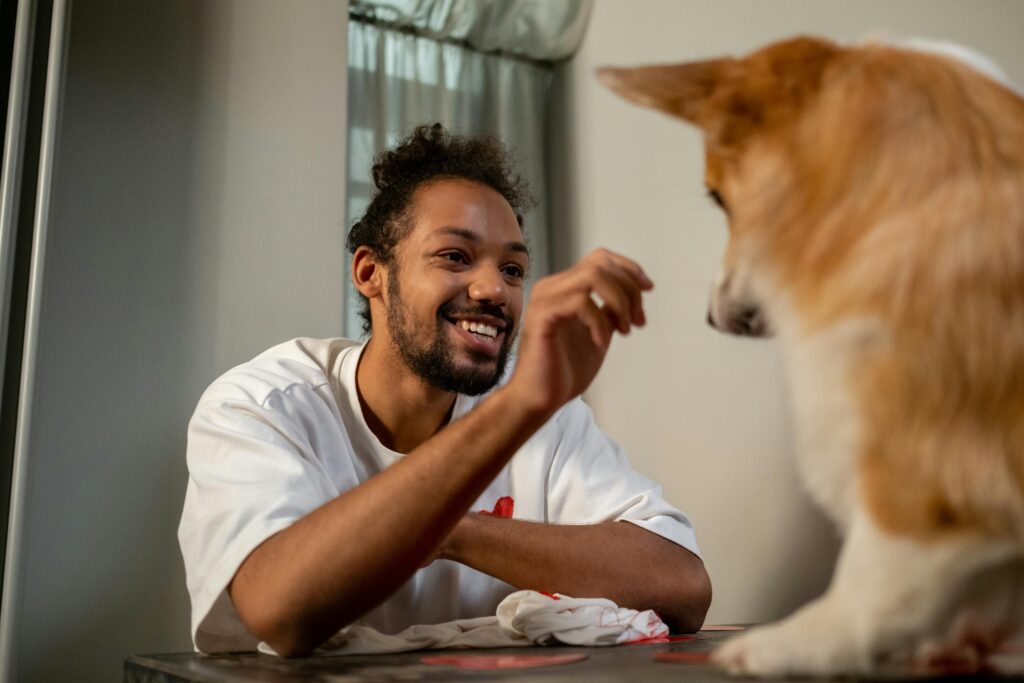
If you let your dog jump on the couch one day but scold them for it the next, you’re sending mixed signals. Inconsistent rules confuse dogs and make it hard for them to know what’s expected.
What to do: Set clear, consistent rules and make sure everyone in your household follows them. If your dog isn’t allowed on the couch, they should never be allowed on the couch.
13. Failing to Recognize Body Language
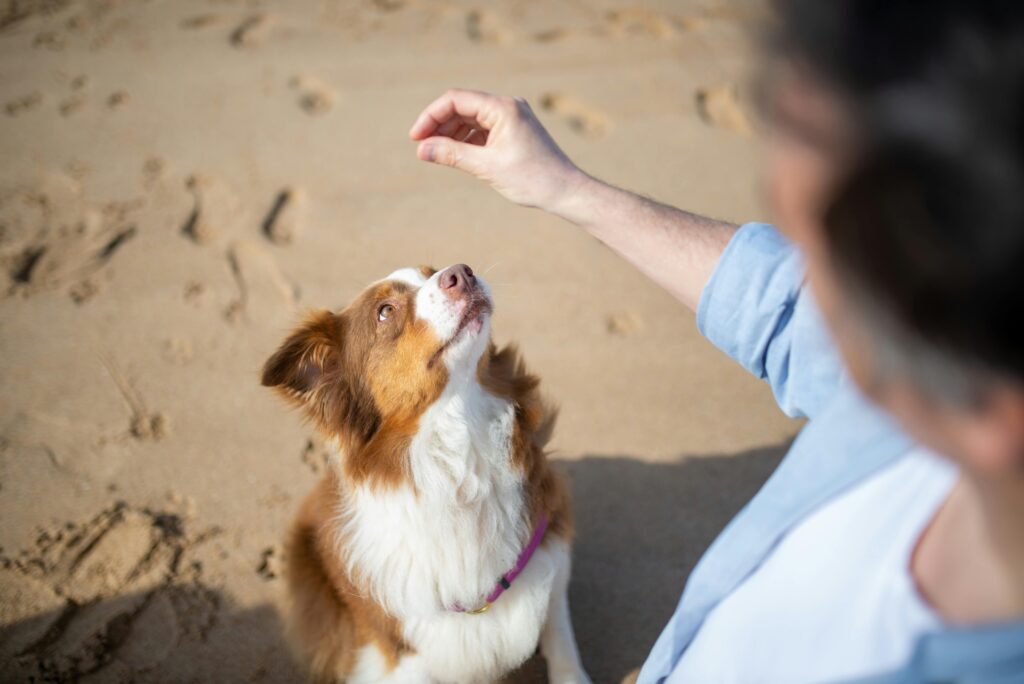
Dogs communicate a lot through their body language, and failing to recognize when your dog is stressed, scared, or uncomfortable can lead to poor training outcomes. Ignoring these signs can make your dog associate training with negative experiences.
What to do: Learn to read your dog’s body language. If they seem stressed or anxious, give them a break and try again later. A happy, relaxed dog is much more likely to succeed in training.


